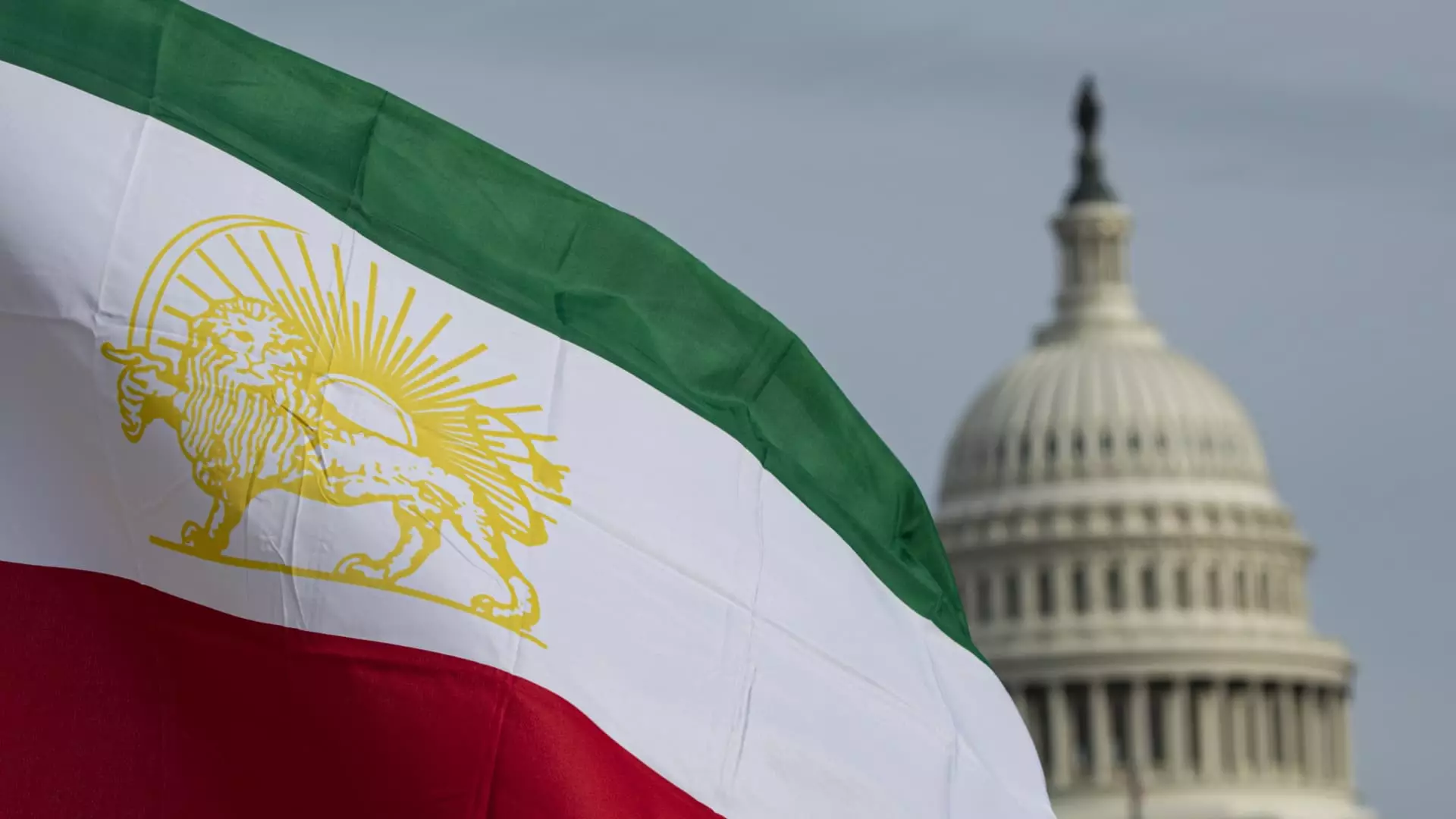The ongoing negotiations between Iran and the United States regarding its nuclear ambitions continue to represent a paradox of hope and skepticism. On one hand, both countries have expressed a renewed commitment to dialogue; on the other, the dialogues hint at an inevitable collision of conflicting interests. This juxtaposition raises valid concerns about the sincerity and ambition underpinning these talks. Iranian Foreign Minister Abbas Araqchi’s caution perfectly encapsulates the underlying tension—while he acknowledges the seriousness of the discussions, he simultaneously forecasts a foreboding atmosphere of uncertainty. This cautious optimism from Araqchi may signal a systemic issue within diplomatic practices that hamper the potential for meaningful progress.
Zigzagging Between Optimism and Reality
U.S. President Donald Trump’s assertions of confidence in reaching a new deal stand in stark contrast to the grim realities on the ground. His rhetoric seems almost disconnected from the skepticism expressed by Iranian officials. The narrative of a forthcoming deal appears to be more of a political posturing strategy than a reflection of genuine progress. With Trump having previously abandoned the 2015 nuclear agreement and subsequently imposing stringent sanctions, any optimism rings hollow when viewed through the context of prior confrontations. The fact that both sides are talking is undoubtedly a positive sign, but the nature of the discussions reveals a deeper malaise that belies simplistic interpretations of progress.
The disparity in perspectives on what constitutes acceptable terms for a nuclear deal is significant. While the U.S. demands an outright cessation of uranium enrichment, Iranian negotiators emphasize that such expectations amount to impossible red lines. This fundamental mismatch illustrates not only the differences in approach and expectations but also the potential futility of these negotiations. If both sides remain entrenched in their respective positions, the talks will result in little more than communication without clarity and understanding.
The Shadow of Military Threats
Compounding the challenges inherent in diplomacy are the ever-present military threats that hang over the negotiations. Trump’s reminder of the possibility of military action against Iran if talks fail serves as a dire reminder that negotiations are undertaken with a sword of Damocles hanging over them. Such threats not only undermine the trust necessary for productive negotiations but also detract from the possibilities of reaching a historical understanding based on mutual respect and acknowledgment. This approach suggests a fundamental flaw: how can genuine dialogue flourish amid threats that inherently evoke fear and entrench positions on both sides?
The recent explosion at Iran’s Shahid Rajaee port, which coincided with the ongoing discussions, further serves to mar the landscape of diplomacy. Such incidents fuel the narrative of tension and exacerbate the atmosphere of distrust, making it increasingly challenging for negotiators to envision a peaceful resolution. This symptom of broader regional instability indisputably complicates the goal of nurturing an environment conducive to fruitful dialogue.
Complexities of National Identity and Defense
At the heart of the negotiations lies a fundamental difference in the interpretation of national security and identity. For Iran, nuclear capability is woven into the fabric of its national identity and sovereignty, representing not just a technological ambition but a vital assurance of security in a precarious geopolitical climate. Iranian officials assert that their missile capabilities are non-negotiable, indicating that discussions will invariably touch upon broader ideas of militarization and deterrence. This unwillingness to compromise on integral national interests underlines the complexity of negotiations and reminds us that, often, conflicts stem not solely from ideological differences but from fundamental issues of identity.
Moreover, the insistence on thorough, expert-level discussions indicates a recognition that simplistic solutions are insufficient. Negotiators acknowledge the importance of addressing the technical complexities of nuclear capabilities, which is a commendable step toward building a foundation of trust. However, without a meaningful approach to the larger geostrategic questions, these negotiations may fall flat. Here lies a conundrum: can both sides arrive at a mutually profitable understanding while simultaneously respecting their own deeply held beliefs and national interests?
The Road Ahead: A Fragile Path
The path forward remains fraught with challenges. Diplomacy often requires a leap into the unknown, navigating murky waters filled with suspicion and lingering hostilities. While both parties may engage in talks, the real test will come when they face the difficult choices that lie ahead. Will they choose to listen to one another, stretch for compromise, and ultimately step back from the precipice of conflict? Or will they simply fall back into entrenched vitriol? The pessimistic optimism surrounding these talks is both a reflection of past failures and a reminder that the road to a nuclear resolution is anything but straightforward. The ongoing dialogue reveals the complexities underlying international relations while underscoring the necessity for strategies that prioritize diplomacy and cooperation over intimidation and aggression.


Leave a Reply